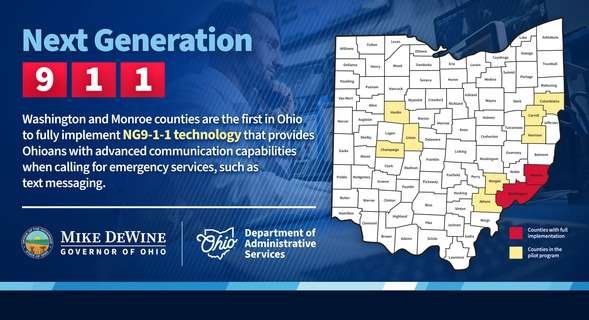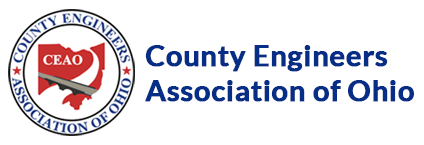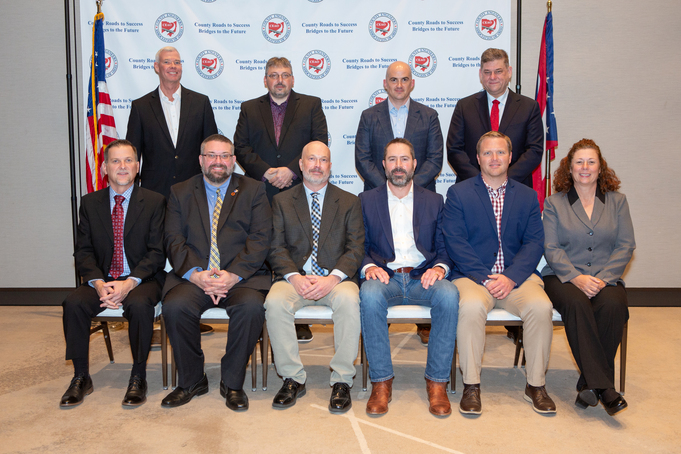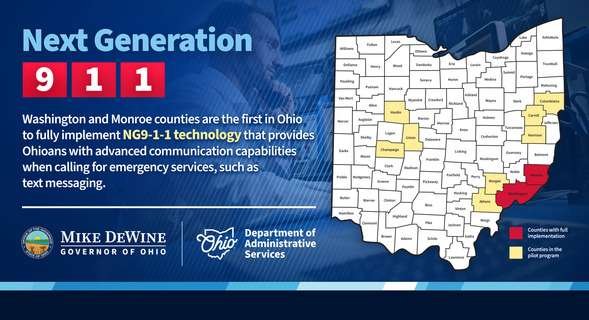## Dialing Up the Future: Next-Gen 911 is Coming to Carroll & Harrison County
Imagine calling 911 and your location automatically pings in, along with a text message describing your emergency. You’re not talking science fiction, folks. Next-Generation 911 (NG911) is about to revolutionize how we call for help in Carroll and Harrison County, and it’s packed with features that could save lives.

What is Next Generation 911 Technology?
Enhanced Communication Options

Next Generation 911 (NG9-1-1) represents a significant leap forward in emergency response capabilities. It transcends the limitations of traditional voice-only 911 systems by offering a suite of advanced communication options. Citizens can now utilize text messaging, multimedia messaging, and even web-based interfaces to contact emergency services. This is particularly crucial for individuals who are unable to speak, such as those who are deaf or hard of hearing, or in situations where making a voice call is dangerous or impossible.

Efficient Emergency Management
NG9-1-1 streamlines emergency management by minimizing call transfers between 911 call centers. Through the precise identification of caller location using mobile phone data, calls can be routed directly to the appropriate center, ensuring a faster and more efficient response. This is especially vital in rural areas, where multiple 911 call centers may serve a wide geographical area.
Implementation in Ohio
Ohio is actively pursuing statewide NG9-1-1 adoption, recognizing its potential to enhance public safety and save lives. Governor Mike DeWine has made this a priority, allocating $46 million in the Fiscal Year 2024-2025 operating budget to cover infrastructure costs. The Ohio 9-1-1 Program Office, housed within the Ohio Department of Administrative Services (DAS), plays a pivotal role in coordinating the transition to NG9-1-1.
The initial phase of implementation involves eight pilot counties: Athens, Carroll, Champaign, Columbiana, Hardin, Harrison, Morgan, and Union. These counties are serving as testing grounds, providing valuable insights and experience that will inform the statewide rollout.
According to a press release from Gizmoposts24, Washington and Monroe counties were the first in Ohio to fully implement NG9-1-1. Early data from Washington County demonstrates the system’s effectiveness. Between December 18th and 22nd, 37% of calls were routed directly to the appropriate 9-1-1 center, eliminating the need for transfers. This signifies a significant improvement in efficiency and response times.
While the statewide system is expected to be operational by spring 2025, counties that have not yet transitioned will have five years to complete the migration.
The Benefits of NG9-1-1 in Rural Areas
Reliable Communication Infrastructure
Rural areas often face unique challenges when it comes to communication infrastructure. NG9-1-1 addresses this critical need by leveraging advanced technologies that can function even in areas with limited traditional phone lines. This ensures that residents in remote locations have access to reliable emergency services, regardless of their geographical location or connectivity.
Improved Emergency Response Times
Response times can be significantly longer in rural areas due to the vast distances involved. NG9-1-1 can help bridge this gap by enabling faster call routing and dispatching. The precise location identification capabilities of NG9-1-1 ensure that emergency responders are directed to the right place quickly, minimizing precious time and potentially saving lives.
Real-World Examples
The early data from Washington County, which serves a largely rural population, provides a compelling example of NG9-1-1’s benefits. The 37% reduction in call transfers directly translates to faster response times and more efficient resource allocation. This success story underscores the potential of NG9-1-1 to revolutionize emergency services in rural communities across Ohio.
The Role of Ohio in NG9-1-1 Adoption
Statewide Adoption
Ohio’s commitment to statewide NG9-1-1 adoption is a testament to its dedication to public safety. By investing in this transformative technology, the state is setting a national example for other jurisdictions looking to improve their emergency response systems. The allocation of $46 million in infrastructure costs demonstrates the seriousness of this undertaking and the state’s willingness to prioritize the well-being of its citizens.
Leadership and Collaboration
Governor Mike DeWine’s leadership has been instrumental in driving forward the NG9-1-1 initiative. His recognition of the technology’s potential to enhance public safety has translated into concrete action, including the establishment of a dedicated program office and the allocation of significant funding. The close collaboration between the state government, local authorities, and private sector stakeholders is crucial for ensuring the successful implementation of NG9-1-1 across Ohio.
Implications for Other States
Ohio’s NG9-1-1 adoption is likely to serve as a model for other states seeking to modernize their emergency response systems. The successful implementation in pilot counties, coupled with the state’s proactive approach and significant investment, provides valuable lessons and best practices that can be replicated elsewhere. This nationwide adoption of NG9-1-1 will ultimately lead to a more robust and interconnected emergency response network, benefiting communities across the country.
The Practical Aspects of NG9-1-1 Implementation
Technical Requirements
Implementing NG9-1-1 requires a substantial upgrade to existing communication infrastructure. This includes the adoption of broadband internet connectivity, advanced telephony systems, and robust data analytics capabilities. These technologies are essential for handling the increased volume and complexity of data generated by NG9-1-1, ensuring seamless communication and efficient dispatching.
Training and Education
Training and education are paramount to the successful implementation of NG9-1-1. First responders, dispatchers, and the general public need to be familiar with the new system’s features and capabilities. Comprehensive training programs should cover topics such as using text messaging for emergency calls, understanding location-based services, and navigating the updated interface. Public awareness campaigns are also crucial for educating citizens about the benefits and functionalities of NG9-1-1.
Challenges and Opportunities
While NG9-1-1 offers immense potential, its implementation presents certain challenges. These include the need for ongoing funding to maintain and upgrade infrastructure, the potential for technical glitches, and the need to ensure interoperability between different systems. However, these challenges are outweighed by the opportunities that NG9-1-1 presents. It has the potential to revolutionize emergency response, save lives, and enhance public safety across the state.
Conclusion
safe



Add Comment